The insect world showcases one of nature’s most remarkable phenomena: metamorphosis. This incredible process of transformation allows a single organism to inhabit completely different ecological niches throughout its lifetime, essentially living multiple lives in one. From the tiny egg laid on a leaf to the winged adult that may travel miles in search of a mate, insects undergo dramatic physical and physiological changes that captivate scientists and nature enthusiasts alike. The journey from egg to adult is not only fascinating but represents one of evolution’s most successful adaptive strategies, allowing insects to become the most diverse animal group on our planet. Their remarkable life cycles have helped them thrive in virtually every habitat, from scorching deserts to freezing mountain peaks, and everywhere in between.
The Evolutionary Advantage of Metamorphosis
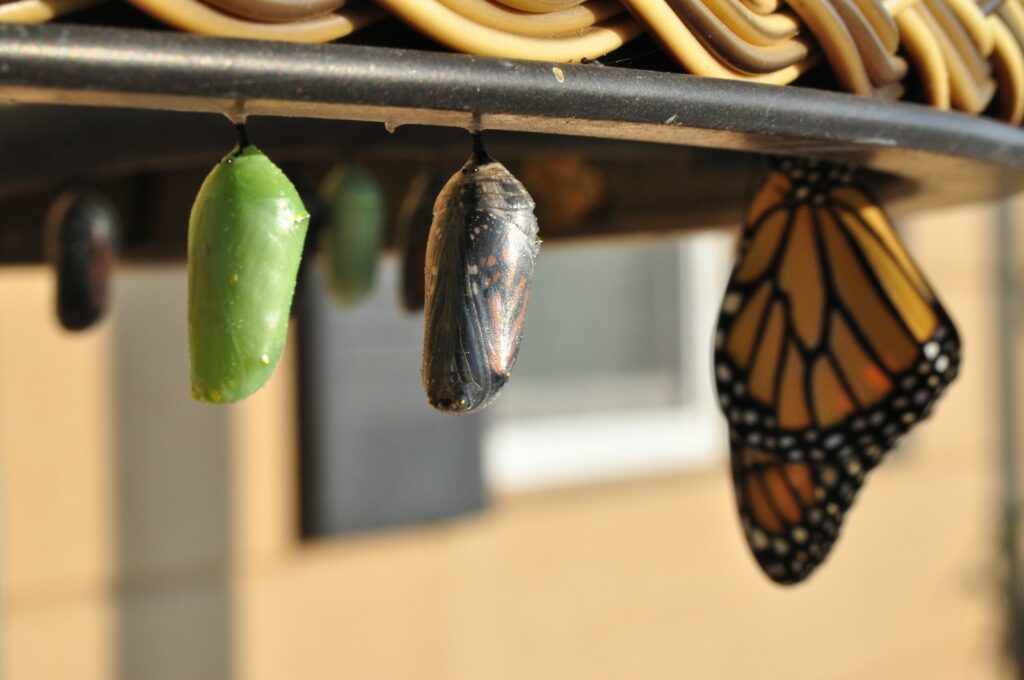
Metamorphosis evolved as a brilliant survival strategy that allows juvenile and adult forms of the same species to exploit different resources, reducing competition between generations. Young caterpillars can focus exclusively on eating and growing while adult butterflies specialize in reproduction and dispersal. This division of labor throughout the life cycle creates ecological versatility that has contributed significantly to insects’ evolutionary success. Research suggests that metamorphosis first appeared over 300 million years ago, enabling insects to radiate into countless niches and become the most species-rich group of animals on Earth. This adaptation has proven so successful that today, approximately 80% of all animal species are insects, with the vast majority undergoing some form of metamorphosis.
Types of Metamorphosis: Complete vs. Incomplete
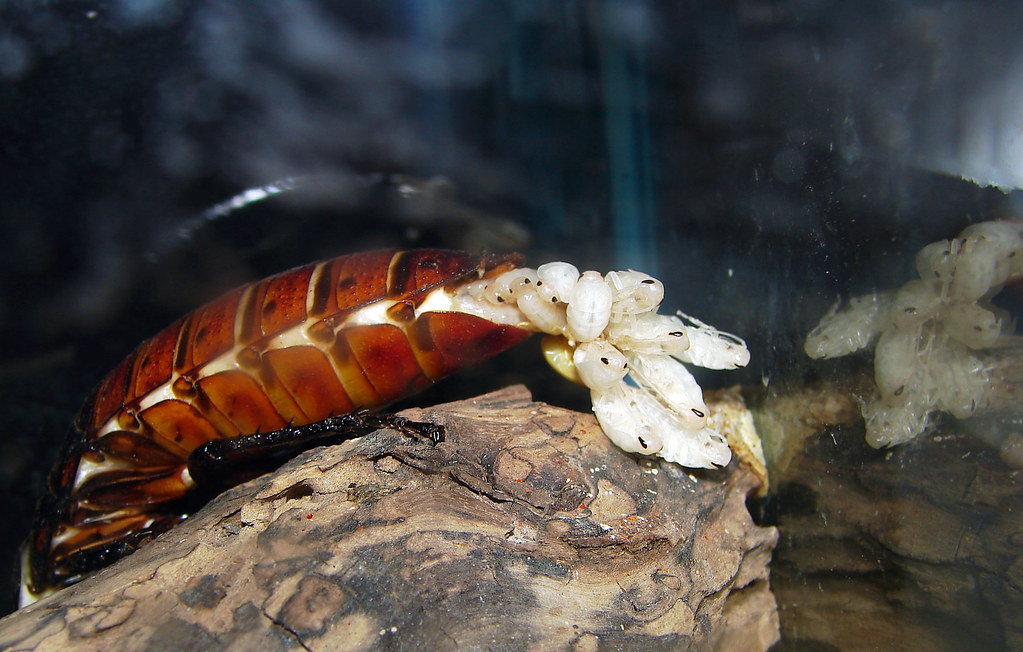
Insects primarily exhibit two distinct patterns of development: complete (holometabolous) and incomplete (hemimetabolous) metamorphosis. Complete metamorphosis involves four distinct life stages: egg, larva, pupa, and adult, with a dramatic transformation occurring during the pupal stage. This developmental path is seen in butterflies, beetles, flies, and bees, among others. Incomplete metamorphosis, on the other hand, includes just three stages: egg, nymph, and adult, with the nymph resembling a smaller, wingless version of the adult that grows gradually through several molts. Dragonflies, grasshoppers, and true bugs undergo this type of development. The distinction between these two patterns represents a fundamental division in insect evolution, with complete metamorphosis being a more recent and specialized adaptation that has allowed for even greater ecological specialization.
The Beginning: The Egg Stage
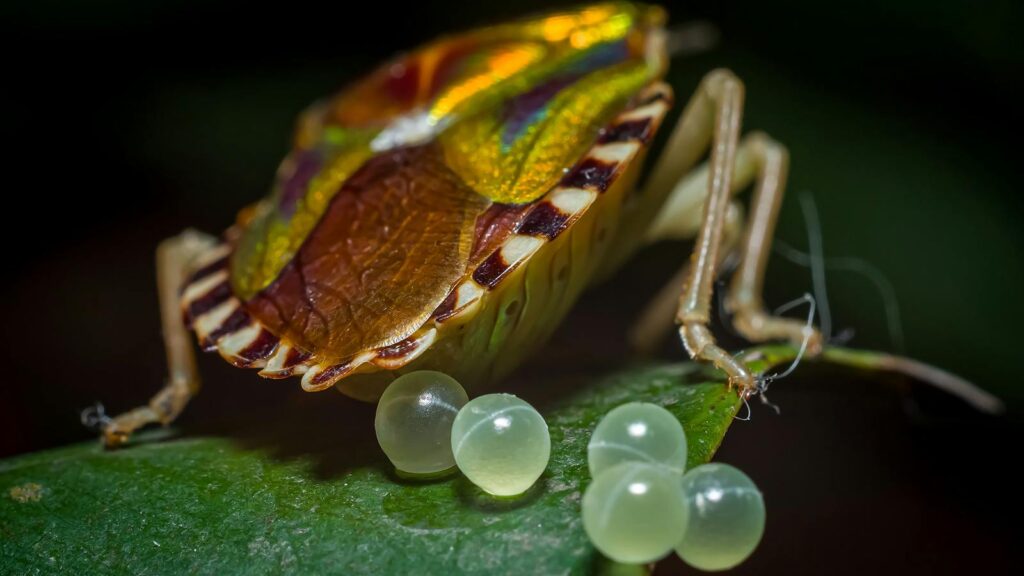
Insect eggs are remarkably diverse in shape, size, and structure, reflecting the specific environmental challenges they face. Some are spherical, others elongated or flattened, and many feature intricate surface sculptures or specialized appendages that help them attach to surfaces. Within the egg, embryonic development begins immediately after fertilization, with cells dividing and differentiating to form the body plan of the future insect. The protective shell, or chorion, shields the developing embryo from predators, parasites, and environmental stressors like desiccation or flooding. Depending on the species and environmental conditions, the egg stage may last anywhere from a few days to several months, with some species entering a state of suspended development called diapause to synchronize hatching with favorable conditions or food availability.
The Hungry Caterpillar: Larval Stage Explained
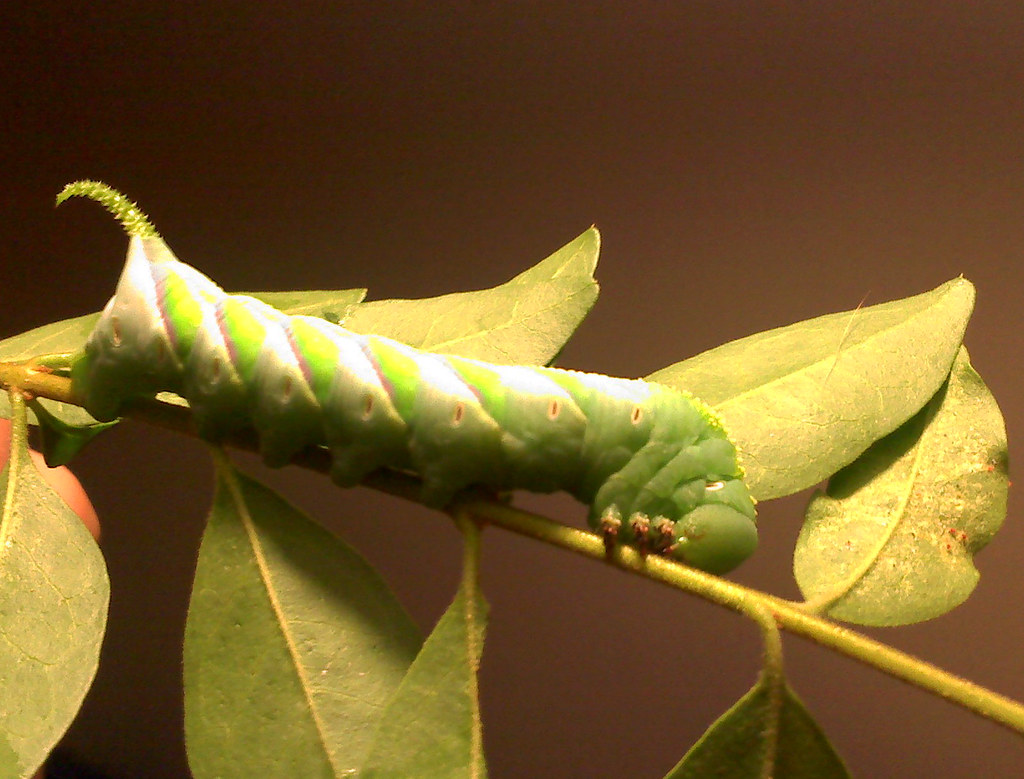
The larval stage of insects with complete metamorphosis is essentially a feeding machine, dedicated almost exclusively to consuming resources and growing. Unlike their adult counterparts, larvae often have chewing mouthparts adapted for their specific diet, whether it’s plant leaves, wood, animal tissues, or detritus. Their bodies are typically soft, elongated, and segmented, with simplified sensory systems focused primarily on finding food rather than mates. Perhaps most remarkably, larvae grow through a series of molts, shedding their exoskeletons when they become too tight and replacing them with larger ones. This growing phase is critical, as larvae accumulate the energy reserves that will fuel the dramatic reorganization of tissues during pupation and sustain the adult until it can feed independently. The caterpillar of the tobacco hornworm moth, for instance, increases its body mass by an astonishing 10,000 times before pupation.
Nymphs: The Juvenile Form in Incomplete Metamorphosis
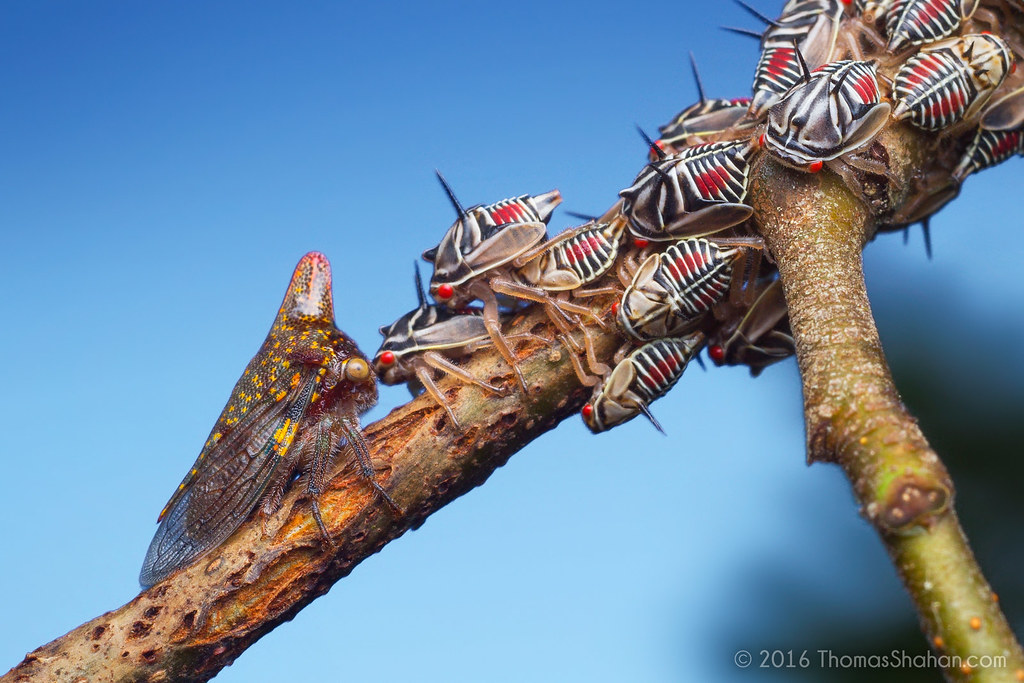
Insects that undergo incomplete metamorphosis hatch from eggs as nymphs, which already bear a striking resemblance to their adult forms, albeit smaller and wingless. These juvenile insects inhabit the same environment and often consume the same foods as adults, though sometimes specializing in different aspects of the resource. Nymphs develop gradually through a series of instars (developmental stages between molts), with each successive instar showing more adult-like features, particularly the development of wing pads that eventually become functional wings. Aquatic nymphs of dragonflies and mayflies represent a fascinating variation, as they live underwater breathing through gills, whereas adults are aerial creatures with air-breathing systems. This dramatic habitat shift demonstrates how even incomplete metamorphosis can involve significant ecological transitions, allowing a single species to exploit both aquatic and terrestrial environments throughout its lifecycle.
The Miraculous Transformation: Inside the Pupa

The pupal stage represents perhaps the most extraordinary phase of insect development, where the body essentially breaks down and rebuilds itself into an entirely different form. Inside the chrysalis of a butterfly or the hardened case of a beetle pupa, most larval tissues undergo histolysis—a controlled dissolution where specialized cells called phagocytes break down larval structures. Simultaneously, adult tissues develop from clusters of cells called imaginal discs that remained dormant throughout the larval stage. This process, known as histogenesis, builds the complex structures of the adult insect, including compound eyes, articulated limbs, and reproductive organs. Modern imaging techniques have allowed scientists to witness this remarkable transformation in real-time, revealing how organs like the digestive tract are remodeled and how wing structures unfold from tiny discs into complex flight surfaces. The entire process represents one of the most dramatic examples of programmed cell death and regeneration in the animal kingdom.
Hormonal Control of Metamorphosis
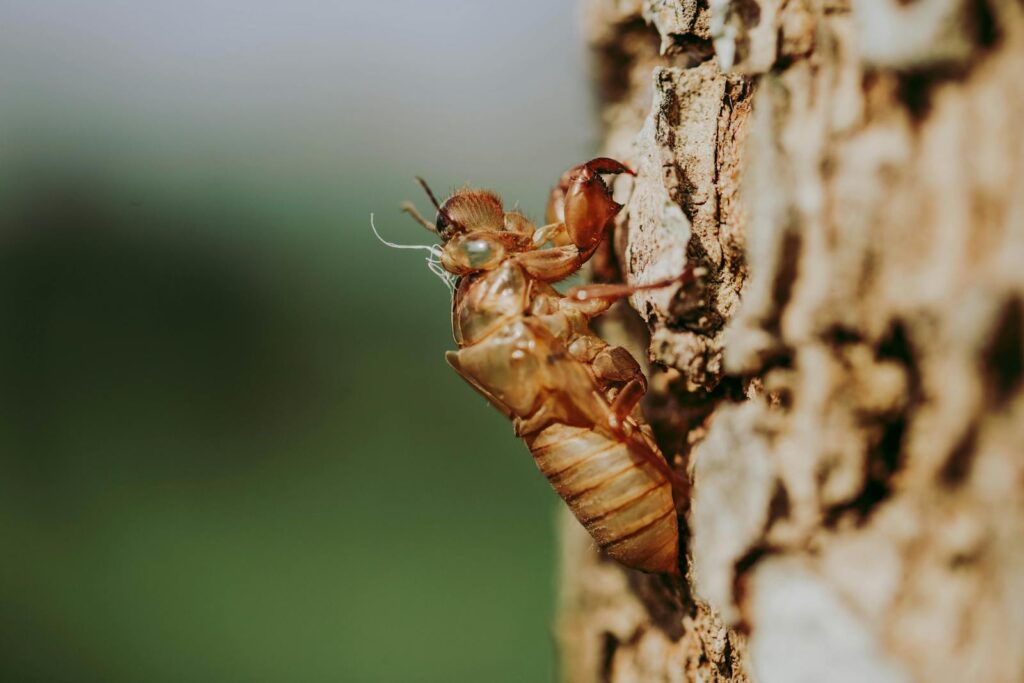
The precise choreography of metamorphosis is orchestrated by a sophisticated interplay of hormones that regulate timing and coordinate tissue changes. Juvenile hormone (JH) maintains the larval or nymphal state, while ecdysone (the molting hormone) triggers the shedding of the old exoskeleton during growth. The dramatic transformation to adulthood occurs when JH levels drop and ecdysone rises, initiating the cascade of developmental changes. This hormonal ballet is influenced by environmental cues like temperature, photoperiod, and food availability, allowing insects to synchronize their development with seasonal conditions. Research into these hormonal mechanisms has practical applications in pest management, as synthetic analogs of insect hormones can disrupt normal development and reproduction in agricultural pests while minimizing impacts on beneficial species. Understanding these molecular controls has also provided insights into fundamental principles of developmental biology that apply across animal kingdoms.
Emergence: The Critical Transition to Adulthood
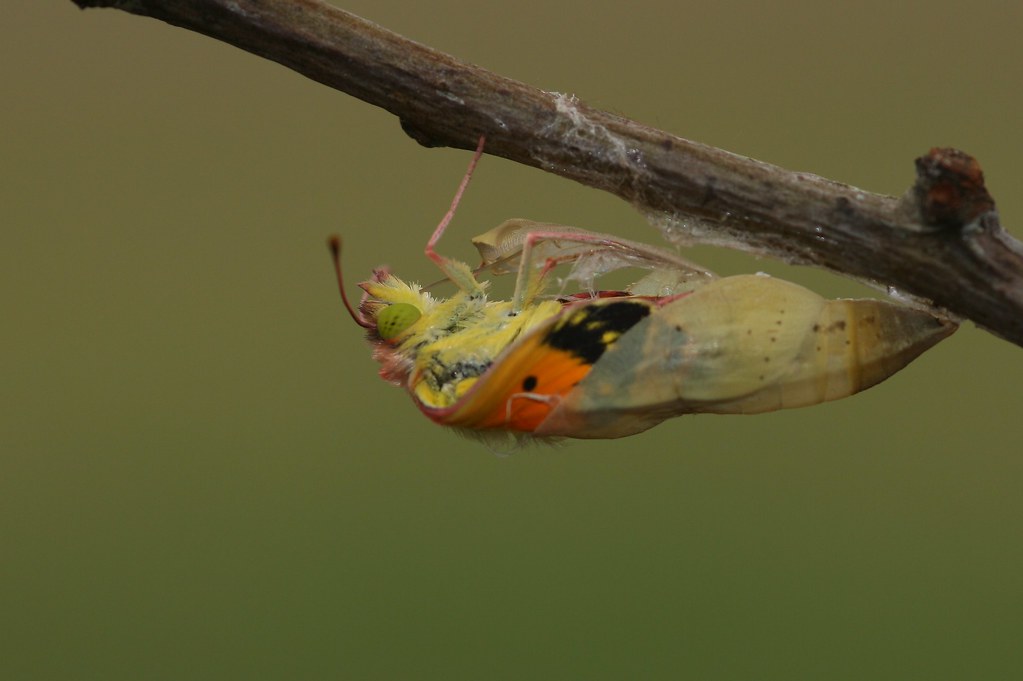
The emergence of an adult insect from its pupal case or final nymphal skin represents a vulnerable but essential transition. Newly emerged adults often have soft exoskeletons and undeveloped wing muscles, making them temporarily defenseless against predators. In many species, the wings must be inflated with hemolymph (insect blood) and then hardened before flight is possible, a process that can take minutes to hours depending on the species and environmental conditions. The dramatic emergence of cicadas after years underground or the synchronized eruption of mayflies from water bodies represents some of nature’s most spectacular emergence events. For insects like butterflies, the final moments of emergence include pumping fluid into wing veins to expand the wings to their full size before they harden, a process that must complete successfully for the insect to achieve flight capability and reproductive success.
The Race Against Time: Adult Insect Life
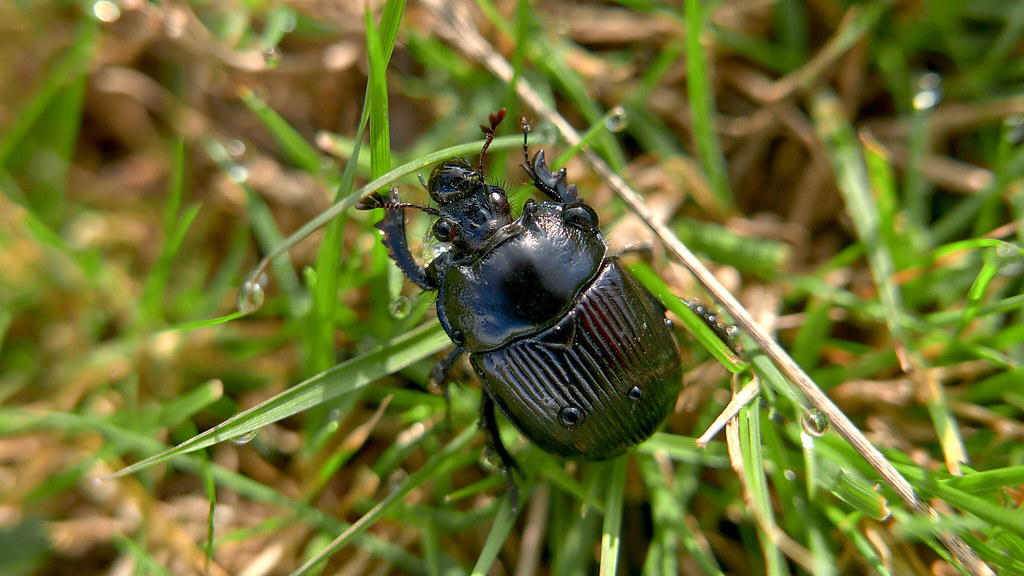
The adult stage of an insect’s life is primarily focused on reproduction rather than growth, with many species living only days or weeks as adults—just long enough to find a mate and lay eggs. Some adult insects, like certain mayflies, don’t even have functional mouthparts and survive entirely on energy reserves accumulated during their larval stage. Others, like monarch butterflies, may live for months and undertake epic migrations spanning thousands of miles. Adult morphology is exquisitely adapted for finding and securing mates, with specialized structures for courtship, copulation, and egg-laying. For many insects, adulthood represents a race against time and mortality, where every adaptation is geared toward maximizing reproductive success in a brief window of opportunity. This reproductive imperative explains why adult insects often exhibit such spectacular behaviors, from the elaborate mating displays of fireflies to the marathon migratory flights of monarch butterflies.
Specialized Cases: Hypermetamorphosis and Paedogenesis
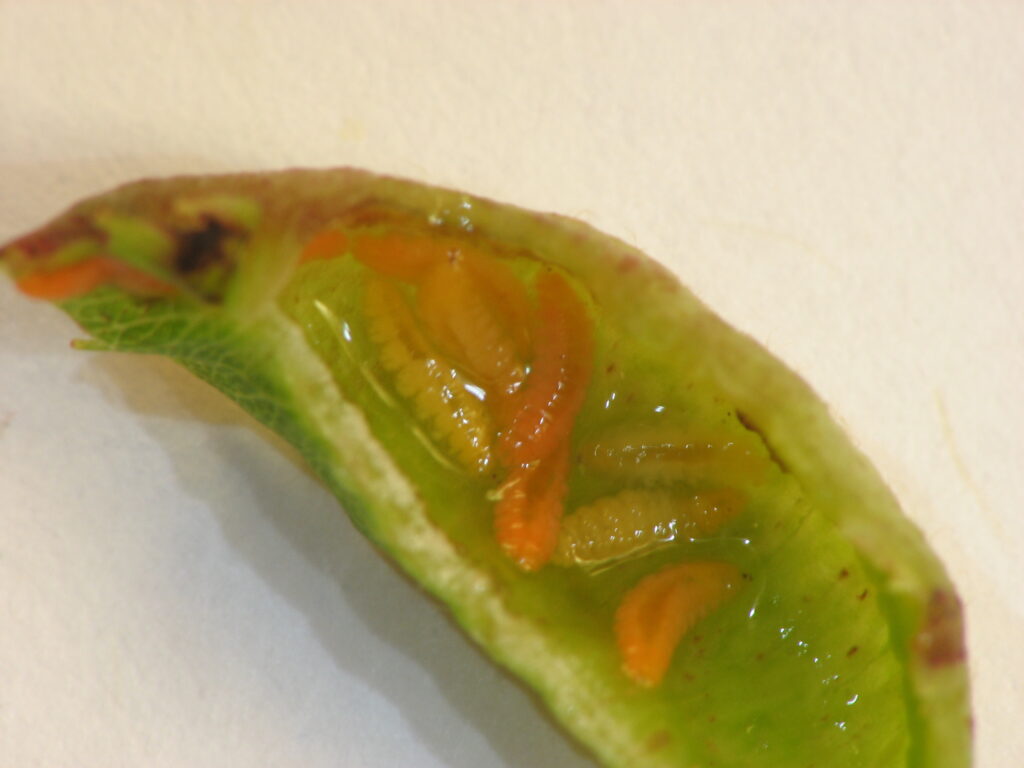
Beyond the standard patterns of complete and incomplete metamorphosis, some insects exhibit even more complex developmental pathways. Hypermetamorphosis, seen in blister beetles and certain parasitic wasps, involves multiple distinct larval forms adapted for different functions—from a mobile first-instar larva that seeks out hosts to a grub-like form specialized for feeding. Paedogenesis represents another developmental wonder where some insects reproduce while still in an immature stage, with larvae giving birth to other larvae without ever becoming adults. Some gall midges can produce several generations of offspring while still in the larval stage, an adaptation that allows rapid population growth when conditions are favorable. These developmental variations highlight the remarkable evolutionary plasticity of insects, demonstrating how life cycle patterns can be modified to exploit specialized ecological opportunities or overcome particular environmental challenges.
Metamorphosis in Extreme Environments
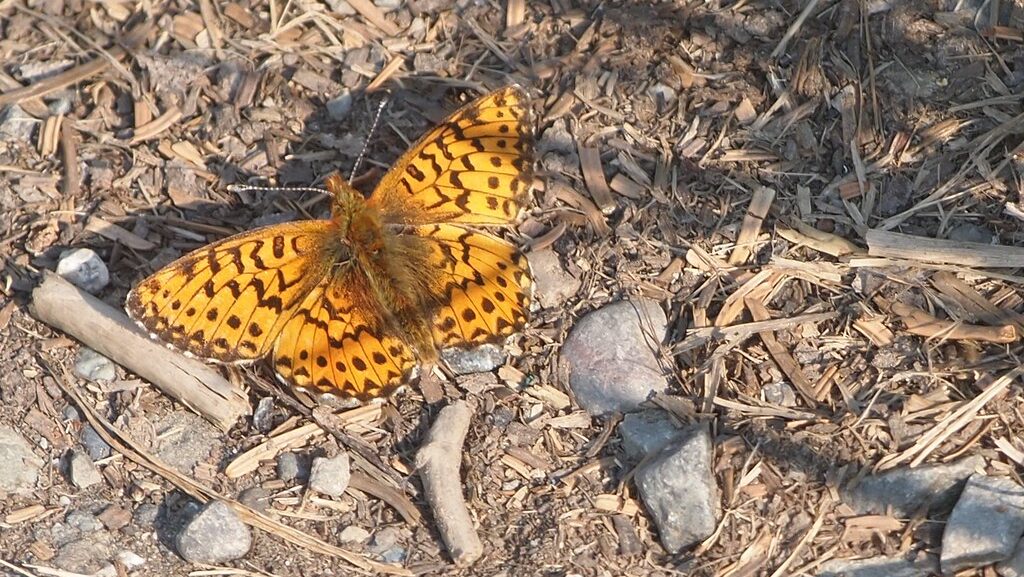
Insects have adapted their metamorphic processes to thrive in some of Earth’s most challenging environments, from arctic regions to desert ecosystems. In extreme cold, some beetle larvae can survive being frozen solid through the production of natural antifreeze compounds, continuing their development when temperatures rise. Desert-dwelling insects often time their metamorphosis precisely to coincide with brief rainy periods, completing entire generations in just weeks before returning to dormancy as eggs or pupae. Some aquatic insects in temporary pools accelerate their development as water levels drop, racing to complete metamorphosis before their habitat disappears completely. High-altitude species often extend their developmental periods across multiple years to compensate for short growing seasons, with some arctic moths spending up to seven years as larvae while experiencing just a few weeks of adult life. These adaptations demonstrate how flexible insect metamorphosis can be, adjusting to environmental constraints while maintaining the fundamental transformation process.
Human Applications: Learning from Insect Metamorphosis
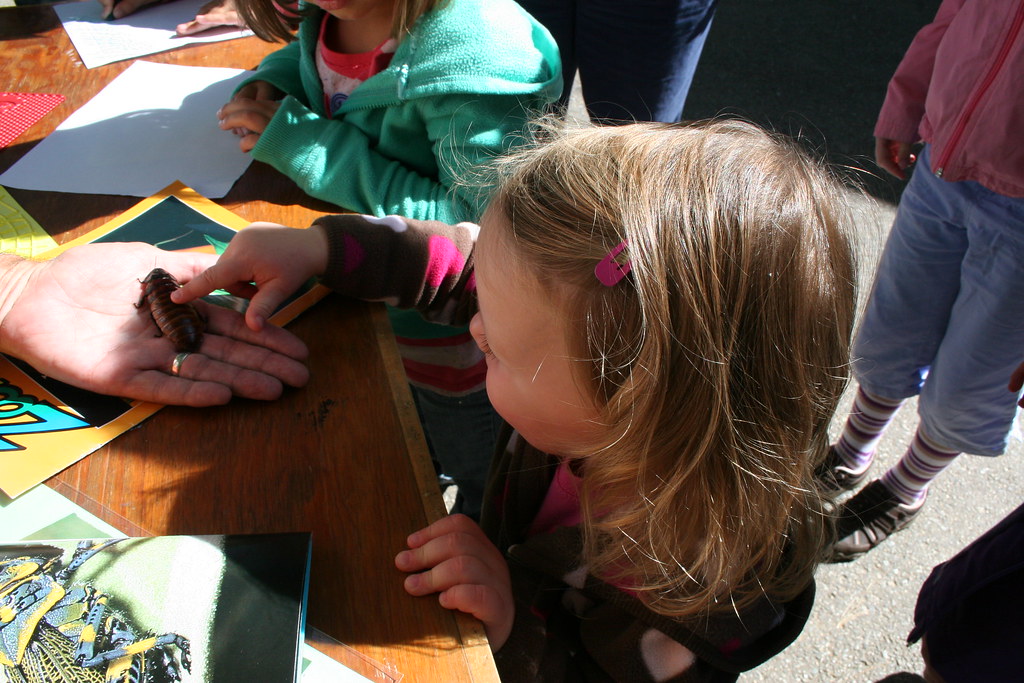
The remarkable process of insect metamorphosis has inspired numerous applications in human technology, medicine, and ecological management. Silk production, one of humanity’s oldest biotechnologies, harnesses the pupation behavior of silkworms, which spin cocoons of pure protein fiber that humans have cultivated for thousands of years. The process of programmed cell death and tissue regeneration during metamorphosis provides models for medical researchers studying human tissue regeneration and cancer treatments. Agricultural scientists leverage knowledge of insect development to design precisely targeted pest management strategies that disrupt metamorphosis in harmful species while sparing beneficial ones. Biomimetic engineers study the mechanics of pupal transformation and adult emergence to inspire designs in deployable structures, materials science, and soft robotics. By decoding the genetic and molecular mechanisms controlling metamorphosis, scientists continue to uncover insights that transcend entomology and inform broader biological research, from developmental biology to evolutionary theory.
Conservation Challenges: Protecting Metamorphic Cycles

As human activity increasingly alters landscapes and climate patterns, the delicate timing of insect metamorphosis faces unprecedented challenges. Climate change can disrupt the synchronization between insect life cycles and their host plants or prey species, leading to ecological mismatches with cascading effects through ecosystems. Pesticides and other pollutants can directly interfere with the hormonal systems controlling metamorphosis, causing developmental abnormalities or complete failure to transform properly. Habitat fragmentation can isolate populations and prevent the movement necessary for species that require different environments for different life stages. Conservation efforts increasingly focus on understanding and protecting the full metamorphic cycle of important insect species, recognizing that preserving adult habitat alone is insufficient if larval or pupal requirements are not met. Monarch butterfly conservation, for instance, must address threats to breeding grounds, migration routes, and overwintering sites to protect the complete metamorphic journey of this iconic species.
Conclusion
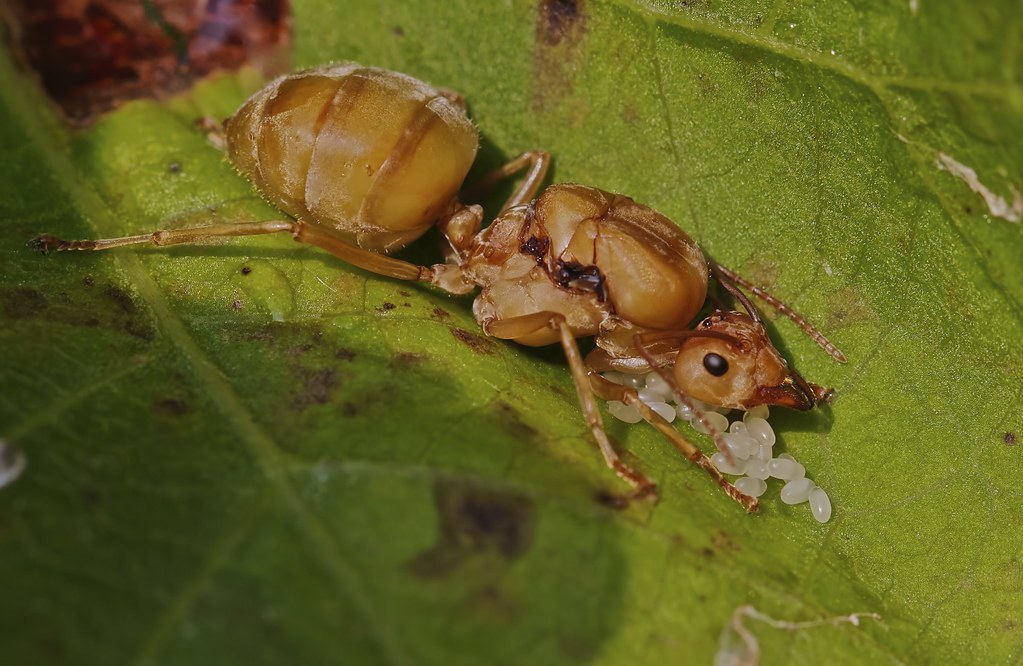
From the humble egg to the complex adult form, insect metamorphosis stands as one of nature’s most astonishing processes—a dramatic transformation that has enabled these remarkable creatures to become the most diverse and abundant animal group on Earth. Through complex hormonal regulation and precisely timed developmental changes, insects essentially live multiple lives within a single lifetime, adapting to different ecological niches and challenges at each stage. This developmental flexibility has allowed insects to colonize virtually every habitat on the planet and evolve specialized relationships with countless other organisms. As we continue to study the intricacies of metamorphosis, we not only gain insights into fundamental biological processes but also develop a deeper appreciation for the elegant solutions that evolution has crafted over hundreds of millions of years. In the tiny miracle of a butterfly emerging from its chrysalis or a dragonfly taking its first flight, we witness one of life’s most profound transformations—a reminder of the enduring wonder of the natural world.

